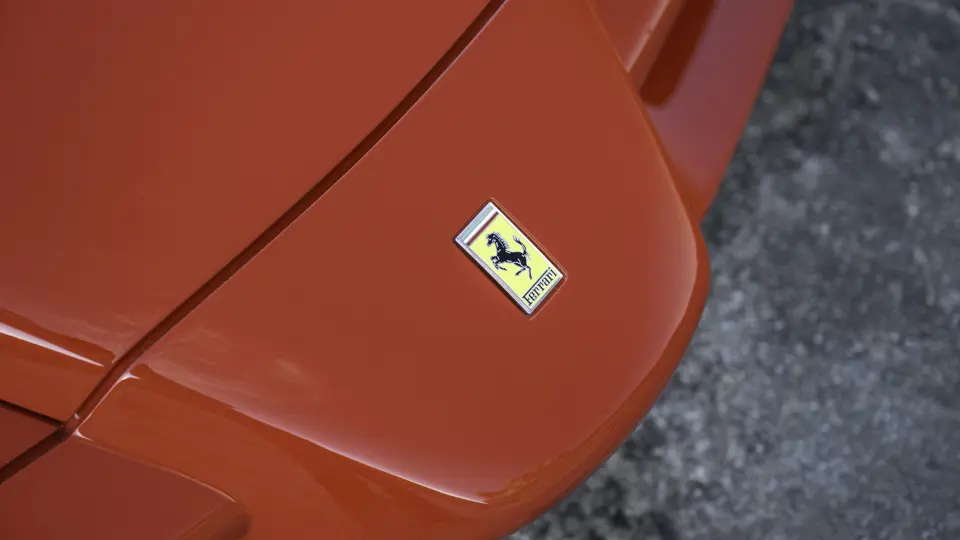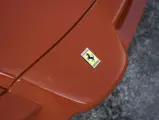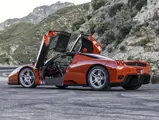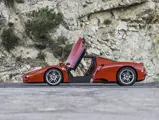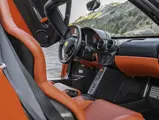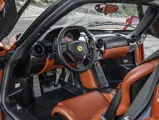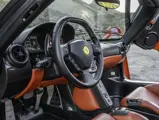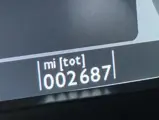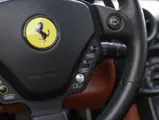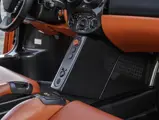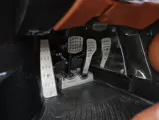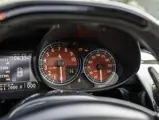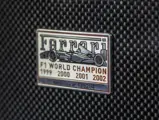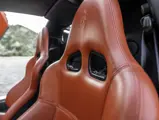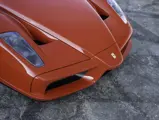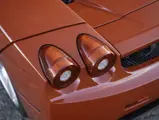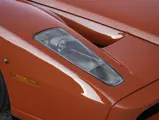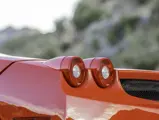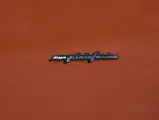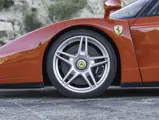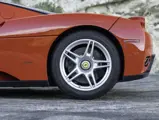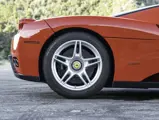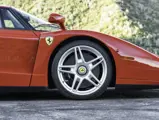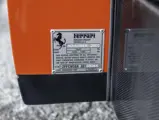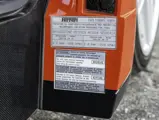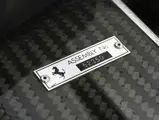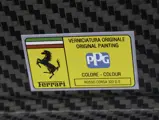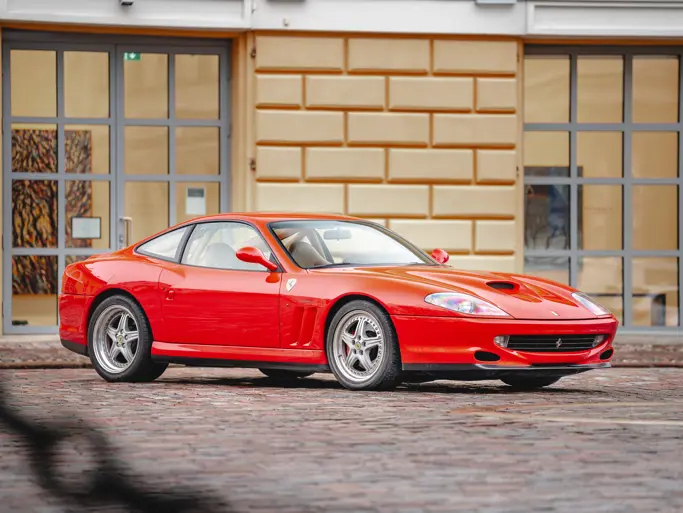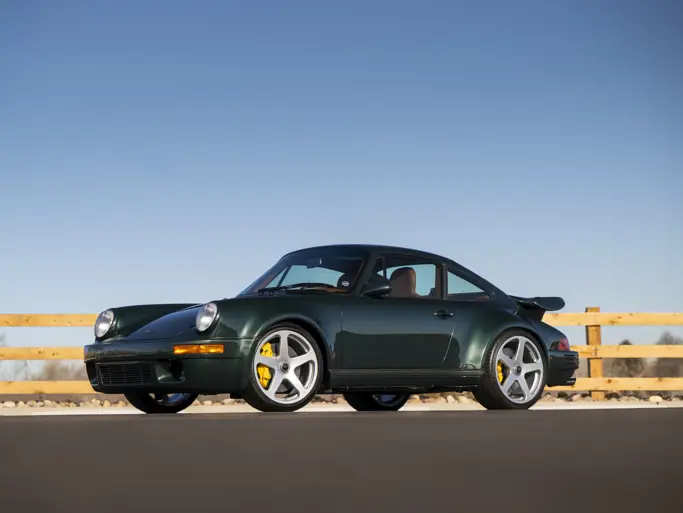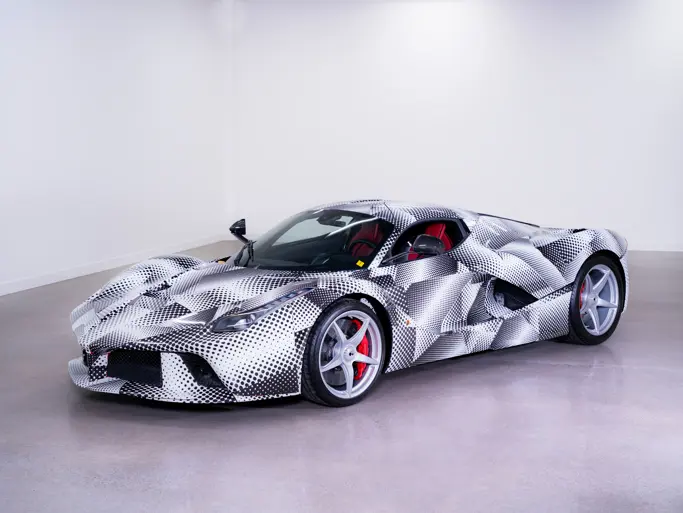
2003 Ferrari Enzo
{{lr.item.text}}
$4,075,000 USD | Sold
{{bidding.lot.reserveStatusFormatted}}
- A beautifully specified example of Ferrari’s game-changing hypercar
- Finished in the striking combination of Rosso Corsa over Pelle Rossa
- Certified by Ferrari Classiche in 2020 and accompanied by its coveted Red Book
- Just three owners from new, with 2,687 mi. at the time of cataloguing
- Accompanied by original manuals, warranty book, tools, tire inflator, battery charger, and service records
After Ferrari F50 production concluded in 1998, the die-hard tifosi dreamt of what exotic machine Maranello would create next—and what form it would take. Speculation was rampant over whether the next model would employ a rear-mid-mounted V-8 or V-12, and if the packaging would be spartan and purposeful like the F40, or luxurious and evocative of vintage designs like the F50.
In mid-2002, then Ferrari president Luca di Montezemolo ended the wait with the introduction of the forthcoming Ferrari Enzo. The model’s name required little explanation; he reasoned that after Ferrari had named cars for historically important locales like Maranello and Modena, the time had finally come to honor the company’s founder. Di Montezemolo also clarified that the new model would have a strong connection to Formula One racing, as the manufacturer had just won the 1999, 2000, and 2001 Manufacturers’ Championships and the 2000 and 2001 Drivers’ Championships. Michael Schumacher was, in fact, in the midst of his historic dominance of F1, which included a still unequaled feat of five consecutive championships.
Formally debuting at the 2002 Paris Motor Show, the Ferrari Enzo delivered on the promise of its design brief. Like an F1 car, the Enzo utilized futuristic materials to achieve maximum weight savings, with a foundational chassis tub made of carbon fiber and Nomex honeycomb weighing just 200 pounds. Aluminum sub-frames were then mounted on the tub, and these laid the groundwork for the attachment of unique Pininfarina-designed coachwork.
Penned by Pininfarina designer Ken Okuyama, the Enzo’s external shape mimicked that of an open-wheel race car, though as if wrapped in a skin extending over the fenders and cockpit. Aerodynamically perfected in Pininfarina’s wind tunnel, the body was comprised of panels woven from carbon fiber and Kevlar. Nineteen-inch alloy wheels anchored by 15-inch Brembo carbon-ceramic disc brakes, as well as unique scissor doors, completed the Enzo’s chassis and cabin, finishing a car that was highly technological and endlessly fascinating.
Into this phenomenal marriage of chassis and body, a new purpose-built engine was placed behind the driver, continuing the manufacturer’s long-running configuration for sports prototypes and hypercars. The concurrent 90-degree V-8 was essentially extended by two cylinders on each side and altered in angle, creating the 65-degree Tipo F140B V-12 engine. Displacing almost six liters, the F140 was the largest engine built by Maranello since the 712 Can-Am race car of the 1970s. It was packed with racing components such as Nikasil-lined cylinder walls, titanium connecting rods, and a telescoping intake manifold designed to boost torque, ultimately developing 651 horsepower and 485 pound-feet of torque—earth-shattering numbers even by today’s standards. The F140’s evolutions would go on to power the 599 series, the F12berlinetta, and LaFerrari.
With power transmitted via a six-speed dual-clutch transaxle that was actuated with column-mounted paddle-shifters, the Enzo reached 60 mph from standstill in just 3.3 seconds and a top speed of 218 mph. Production was initially proposed to be capped at 400 units; customer demand eventually prompted the build of 498 cars, still ensuring the model’s exquisite engineering was commensurately matched by its rarity. As unique and captivating today as it was at its debut, the Ferrari Enzo continues to hold sway with collectors and supercar enthusiasts, unmistakably carrying the mantle of Maranello’s defining millennial hypercar while serving as the genetic link between the sensuous F50 and the hybrid-powered LaFerrari.
This Enzo left the factory in November 2003 as a US-spec example finished in the desirable color combination of Rosso Corsa over a Pelle Rossa interior. It was sold new through Al-Tayer Motors LLC in Dubai to a resident of Dubai on 9 March 2004. A few months later in May, the Ferrari was in the United States, eventually making its way to Utah where it would remain in a collection for a few years. By the late 2000s the Enzo changed hands, falling under the ownership of a resident of Northern California. In February of 2009 it was purchased by its most recent owner having covered just 954 miles from new. This gentleman would go on to own the car for 14 years, during which time the Enzo received its Ferrari Classiche Certification Red Book in 2020, confirming the car retains its numbers-matching engine and gearbox. This Nevada-based collector entrusted the specialists at Ferrari-Maserati of Las Vegas to service the Enzo during his ownership, with its most recent service taking place within the last 300 miles. Having covered just 2,687 miles from new, this stunning time capsule example is accompanied by its original owner’s manuals and warranty book with pouch and flashlight, tools, tire inflator, battery charger, service records, and coveted Ferrari Classiche Red Book.
Recently coming out of 14 years of continuous ownership, this Classiche-Certified, 2,687-mile Enzo provides a wonderful opportunity to acquire one of the most celebrated models ever produced in Maranello. Boasting Formula One-inspired engineering, visceral performance, and an aerodynamically perfected design by Pininfarina, the Enzo is a landmark model for Ferrari and a fitting testament to its founder.


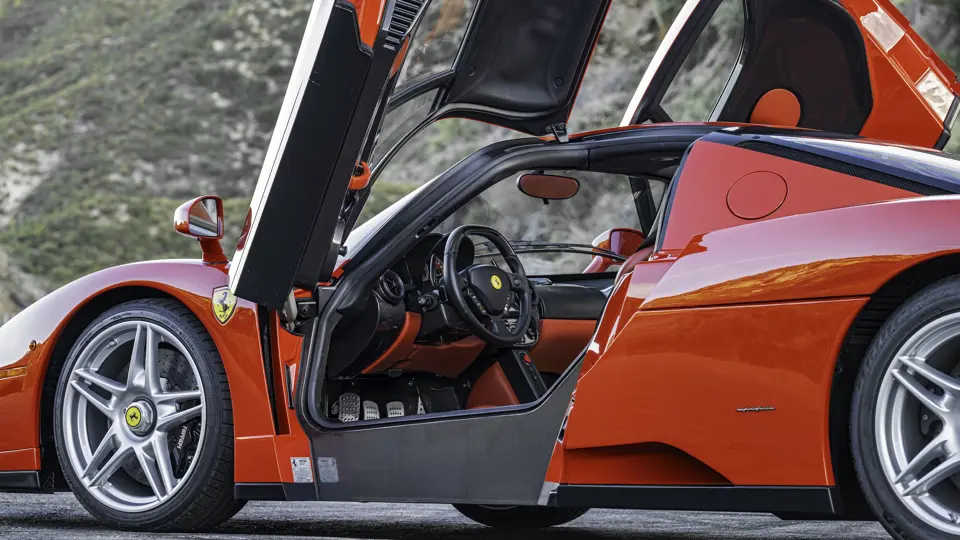

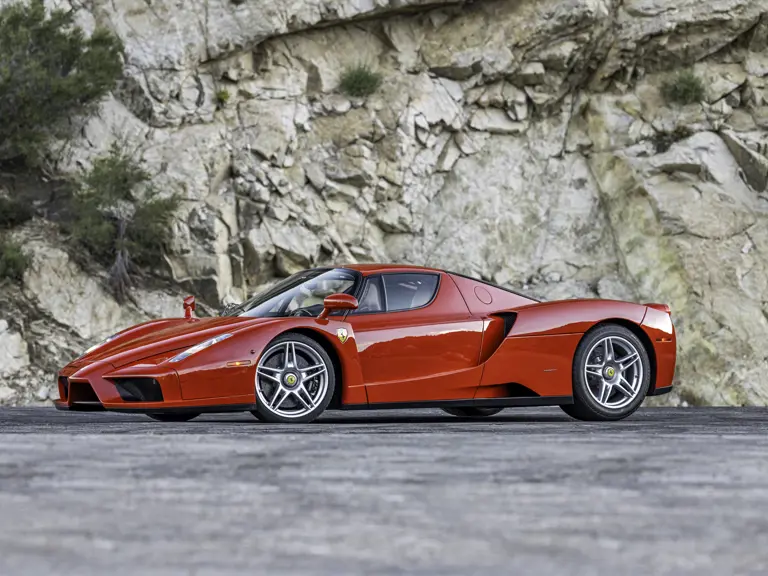

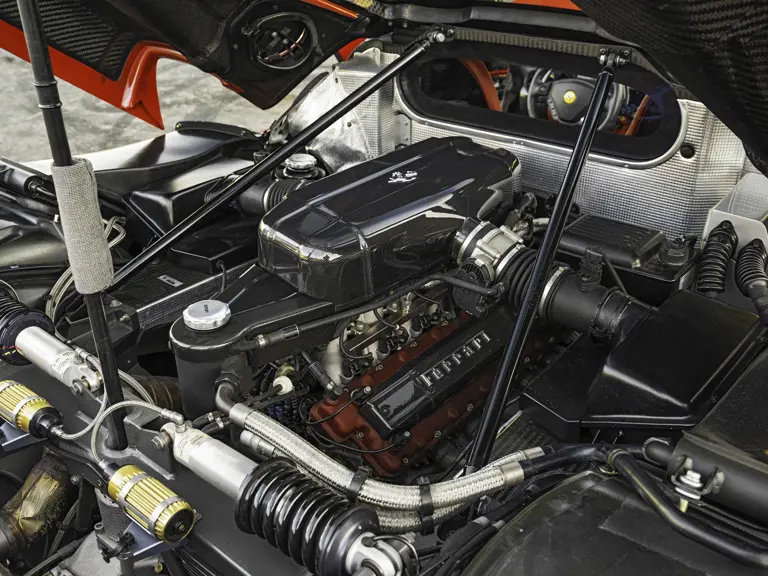
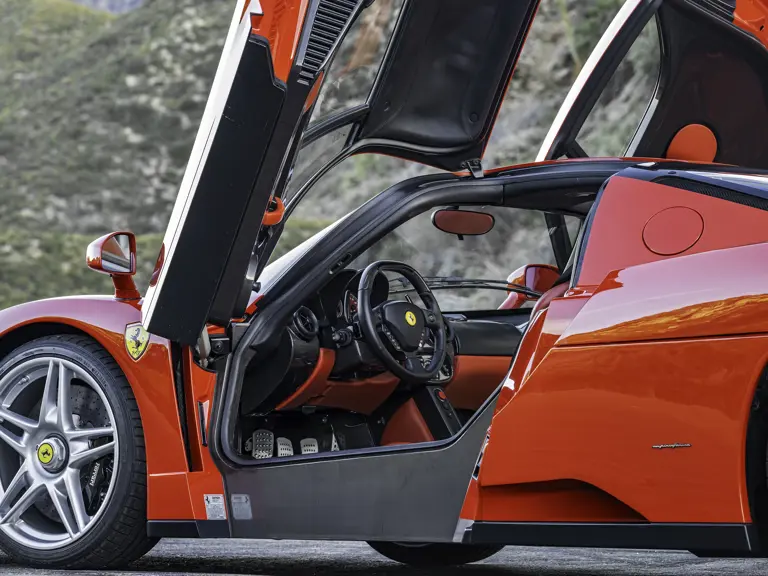
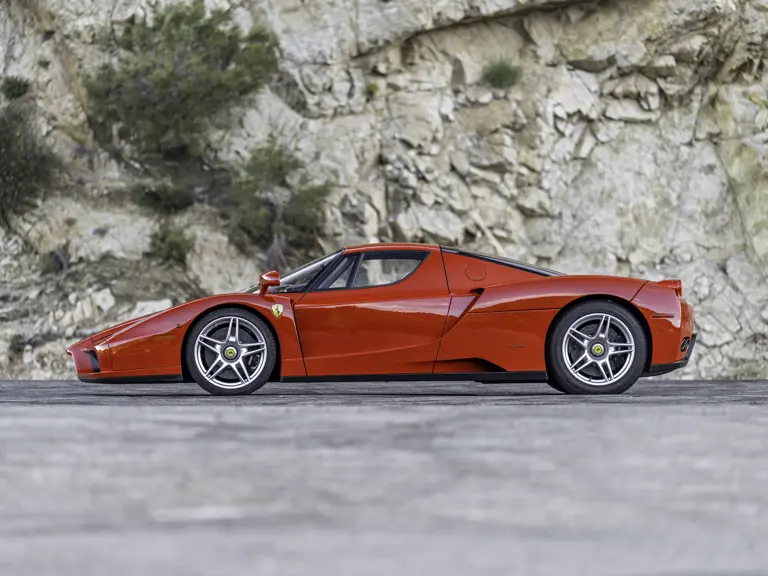
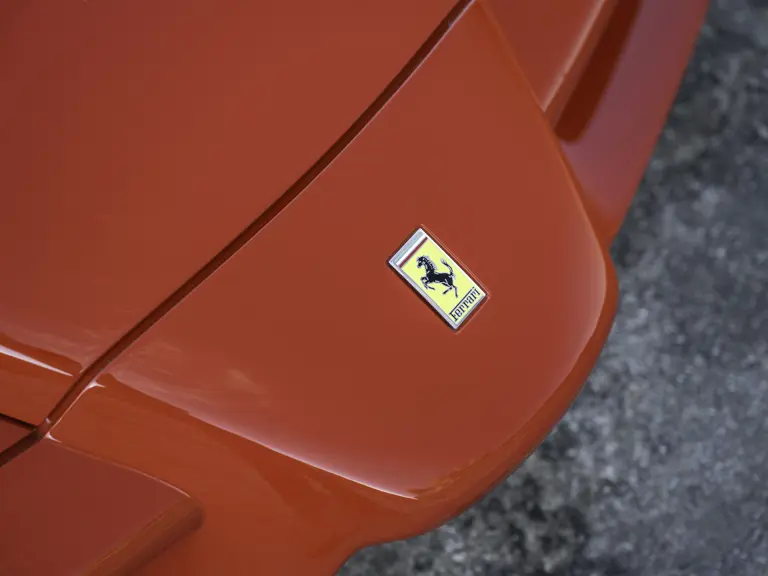
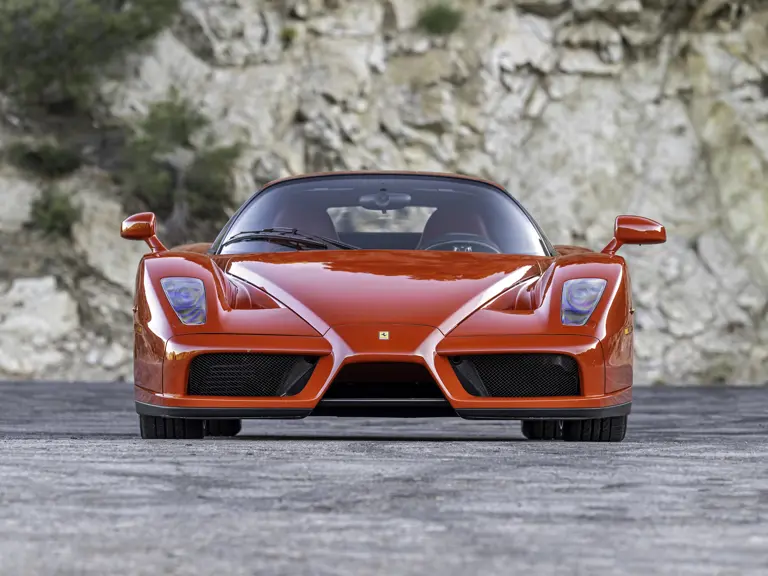
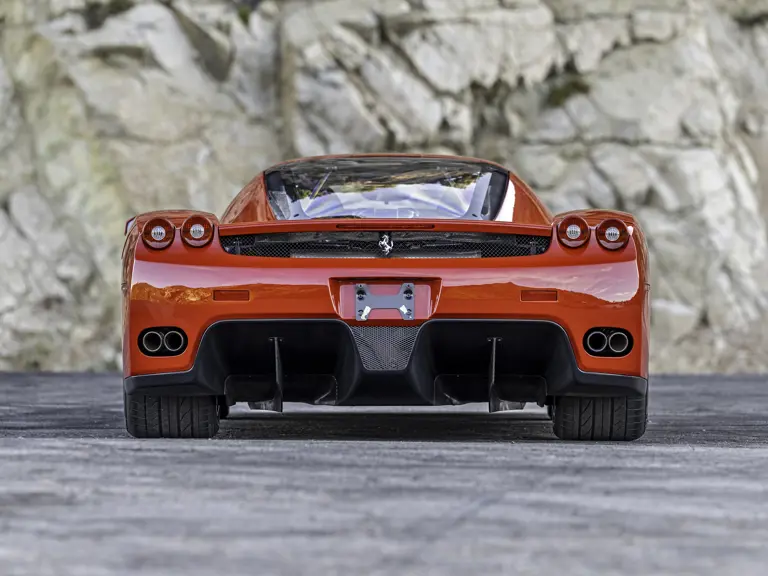




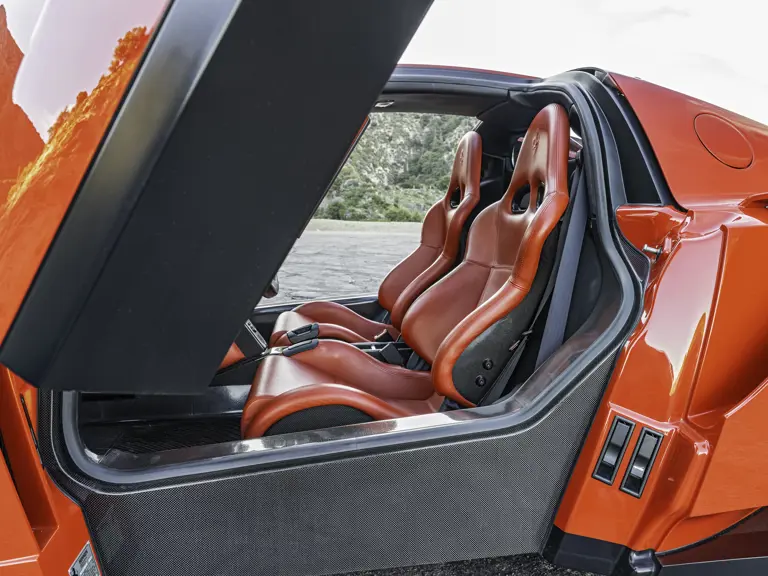

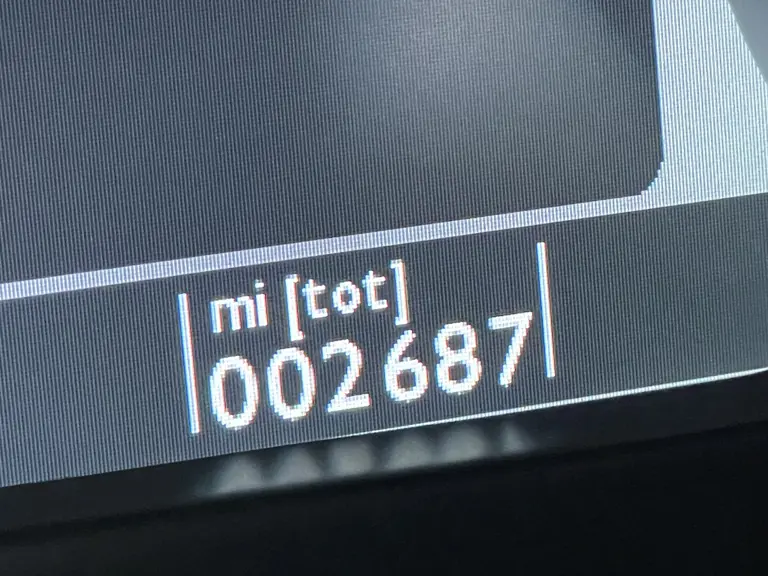
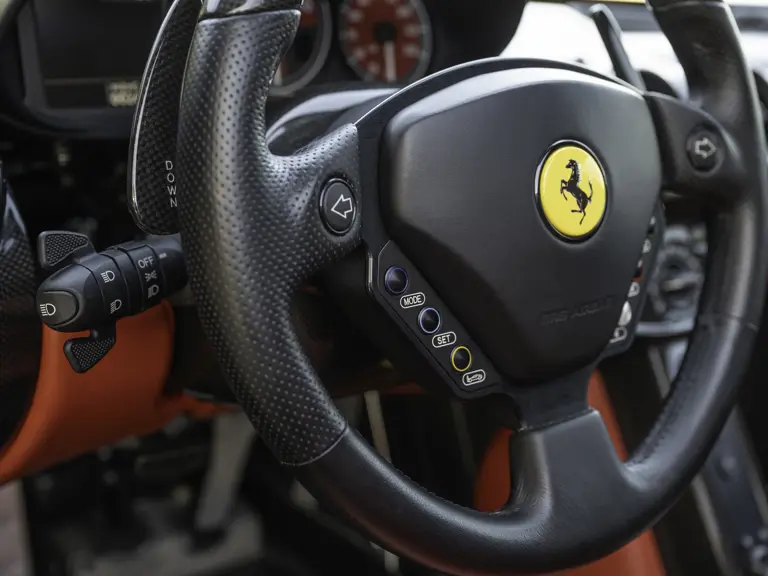
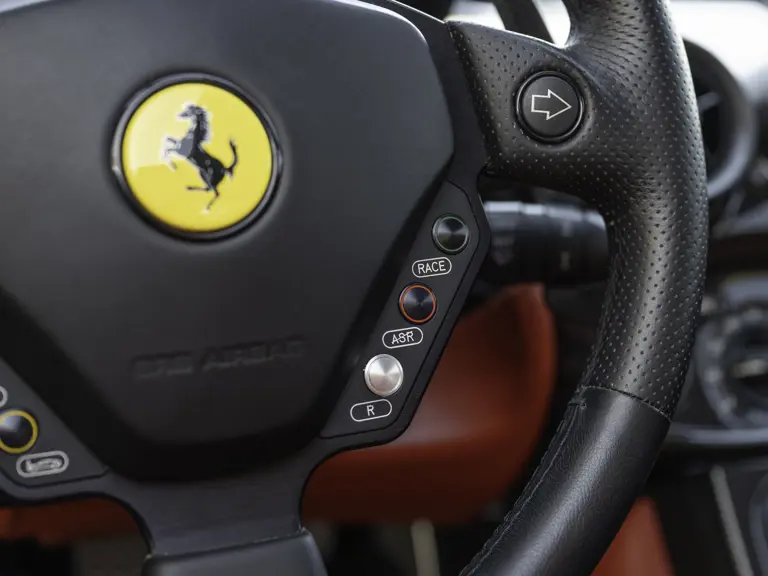
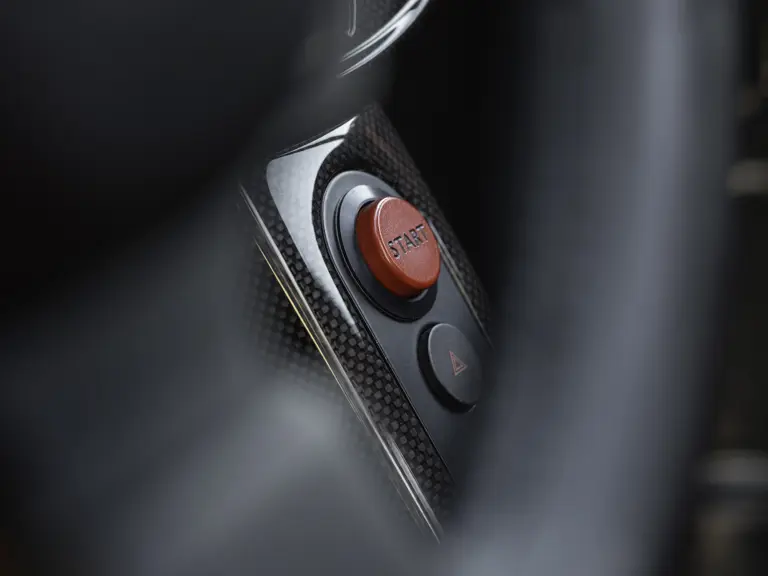
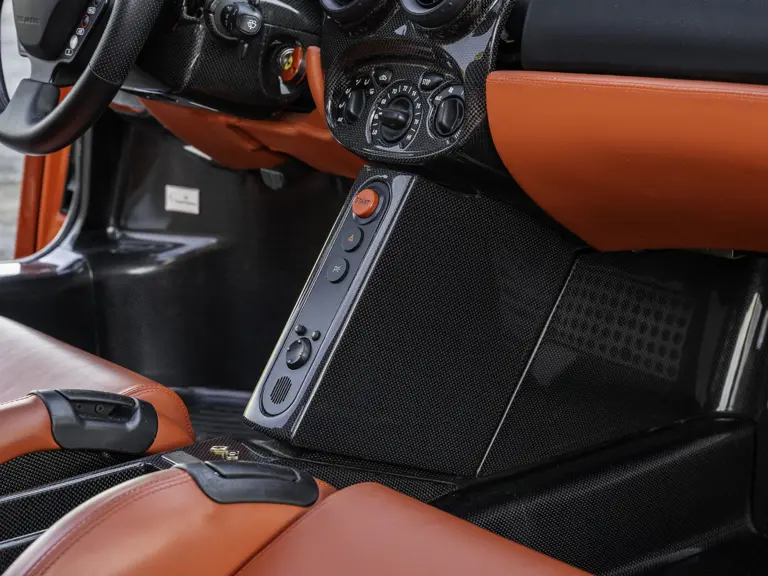
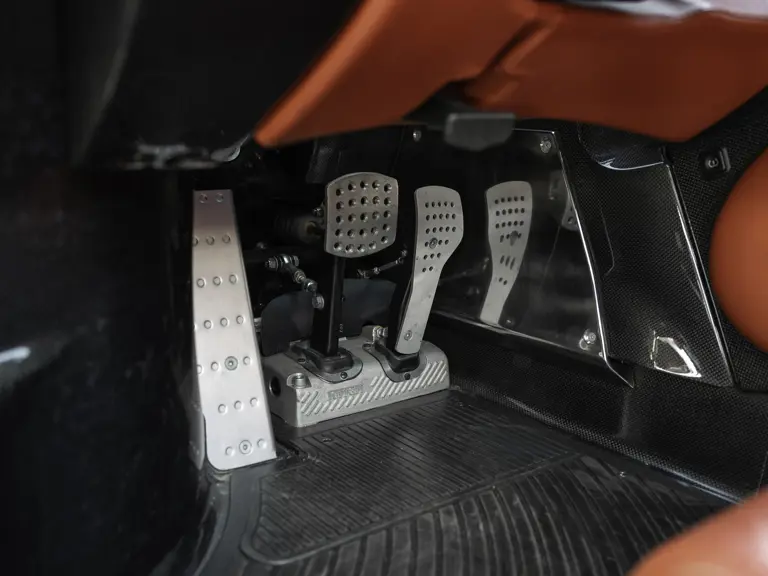
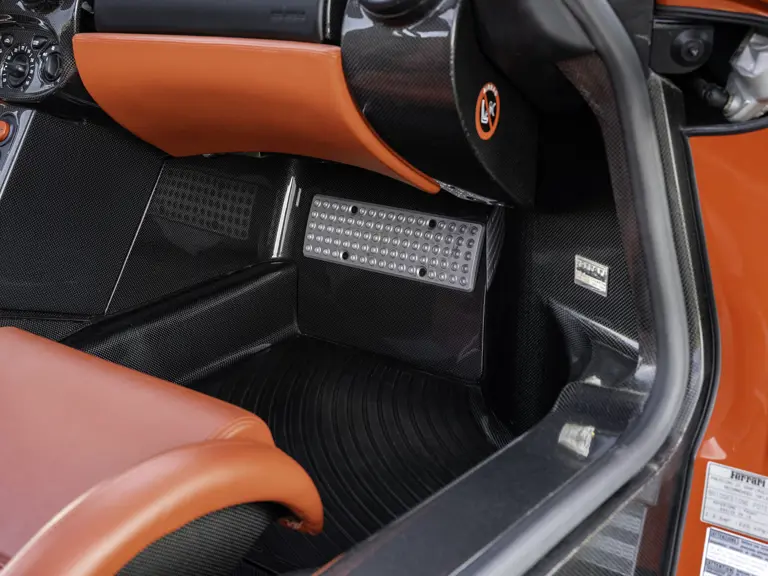
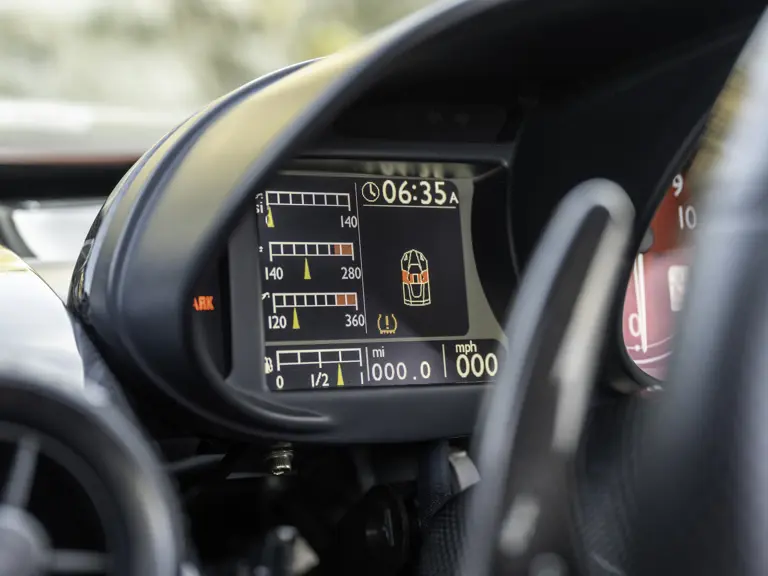

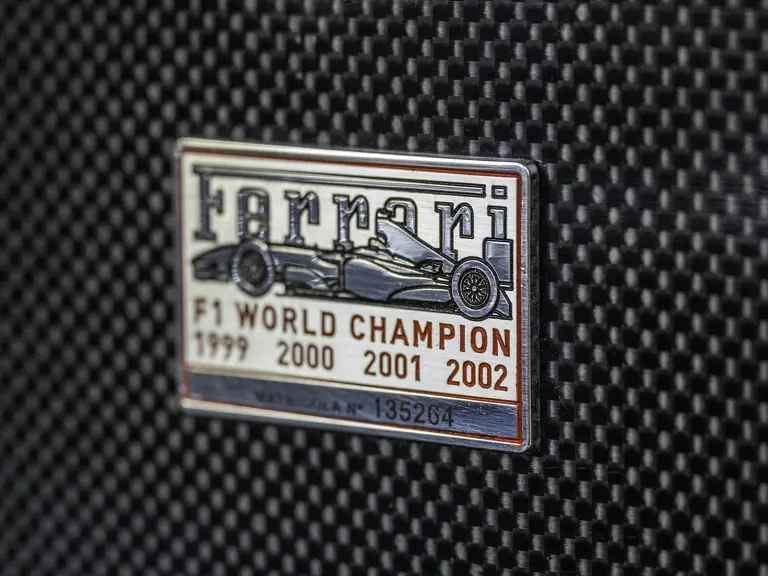
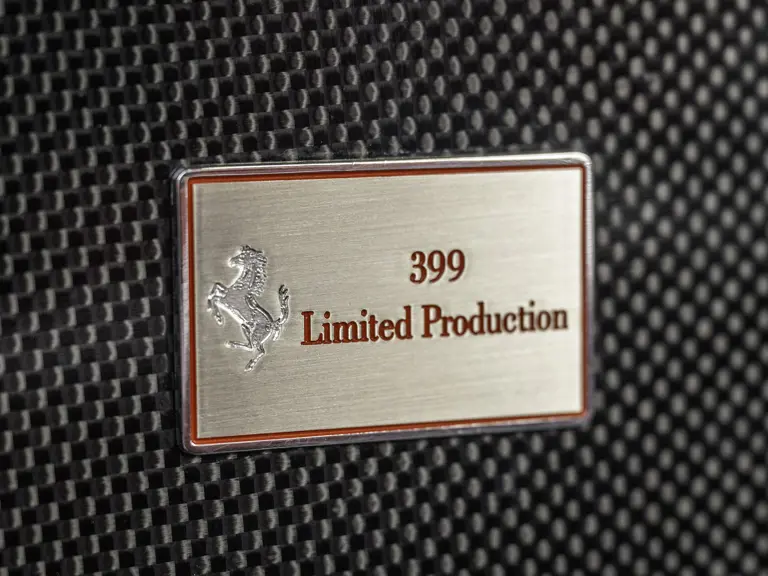
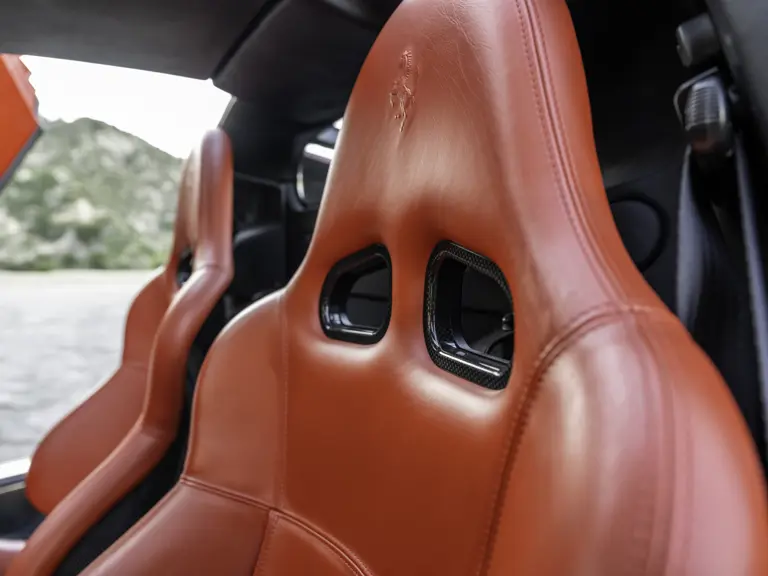

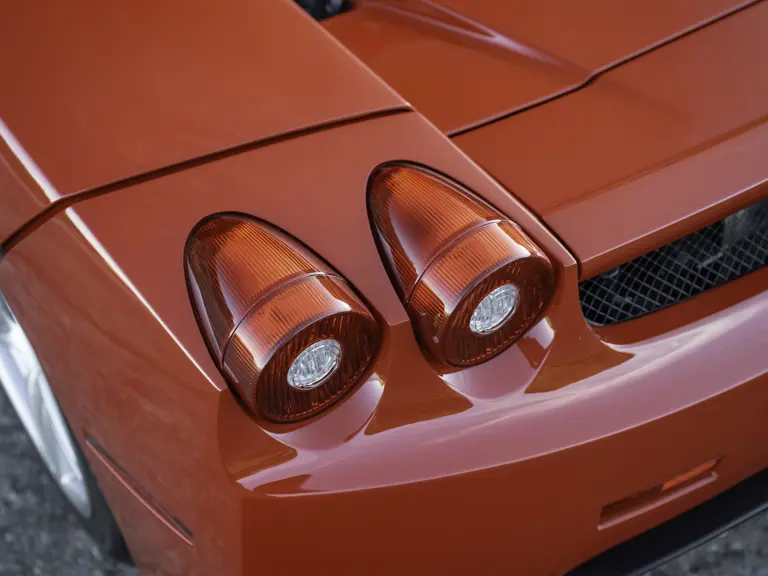
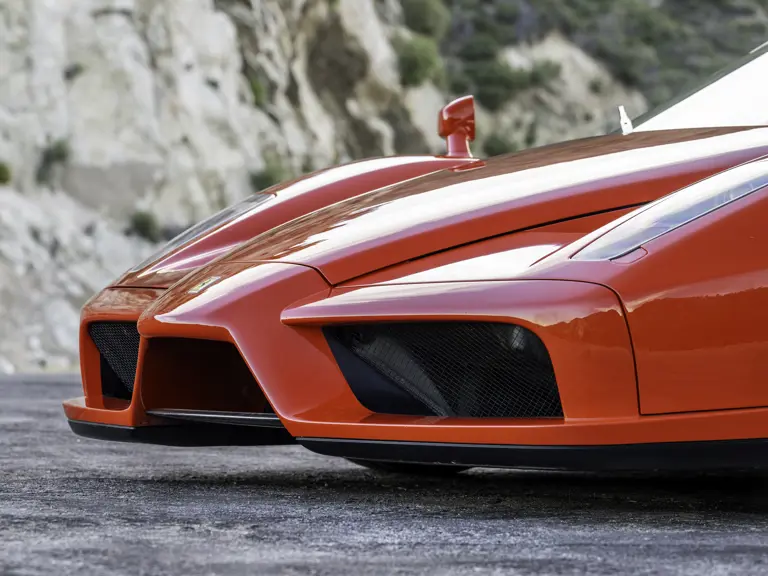
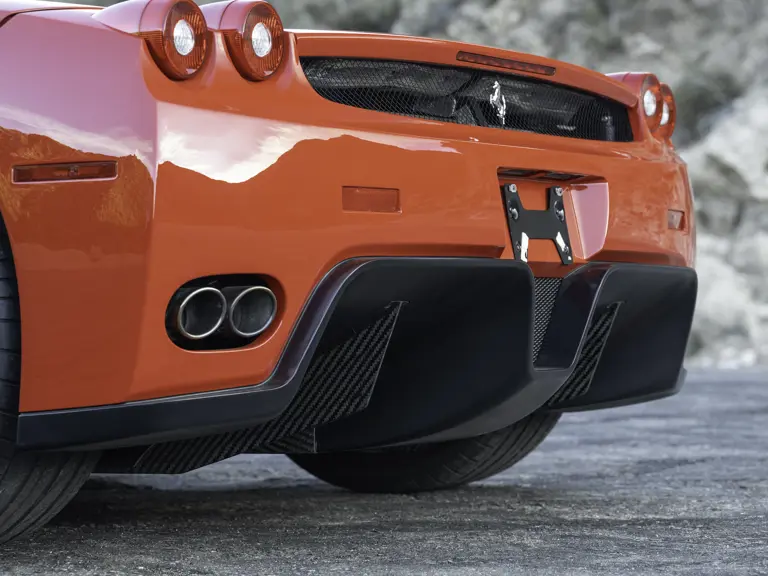
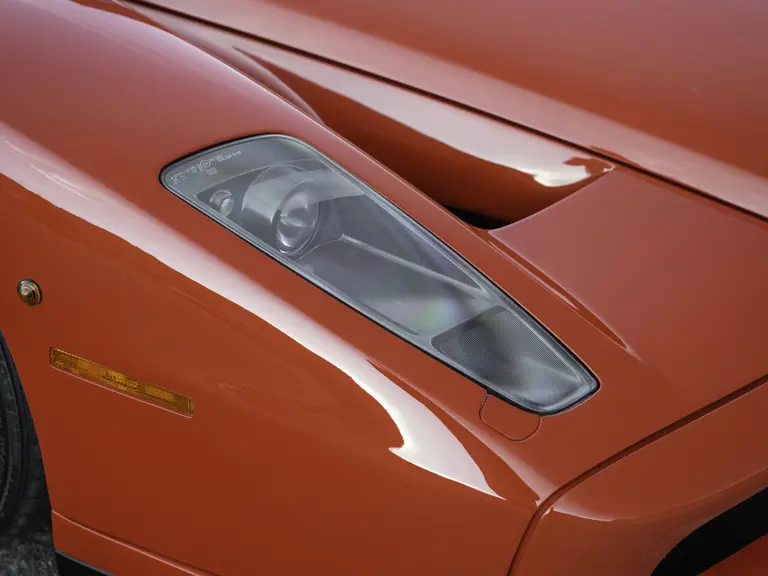

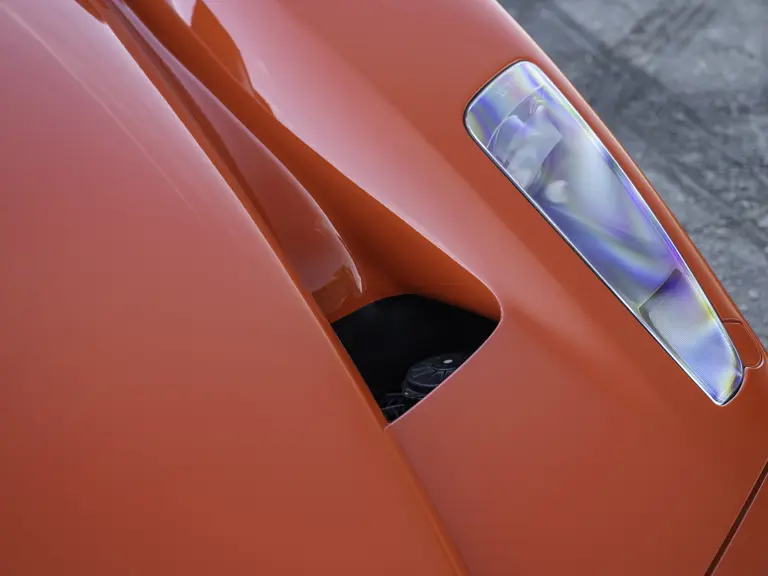
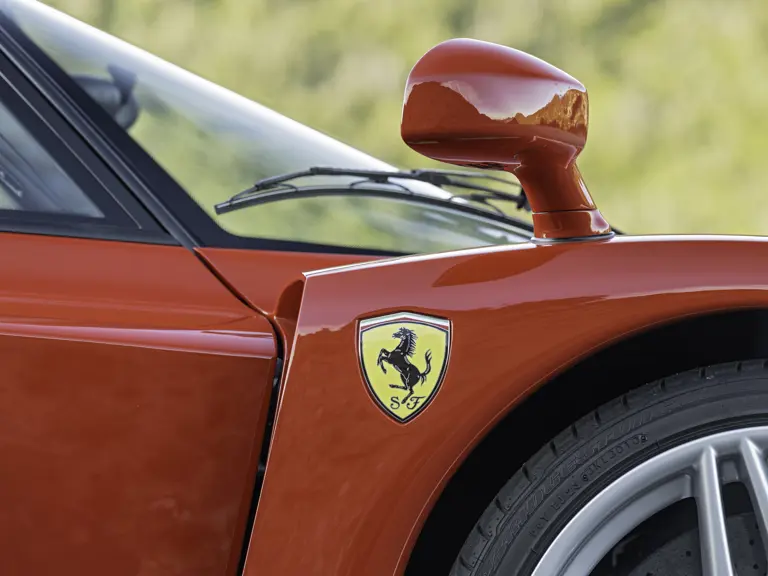
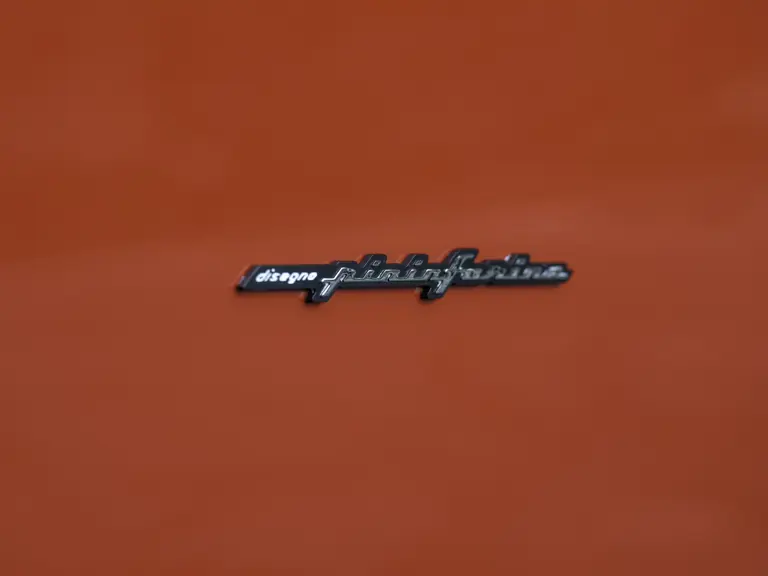
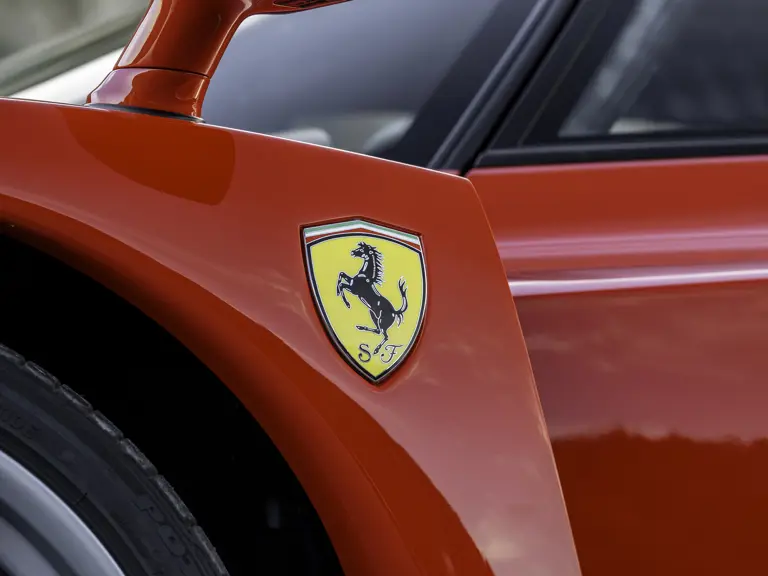
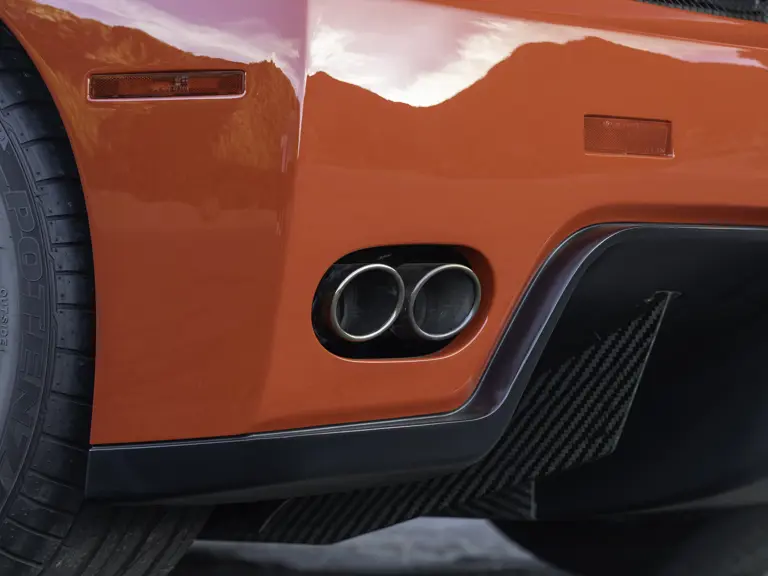
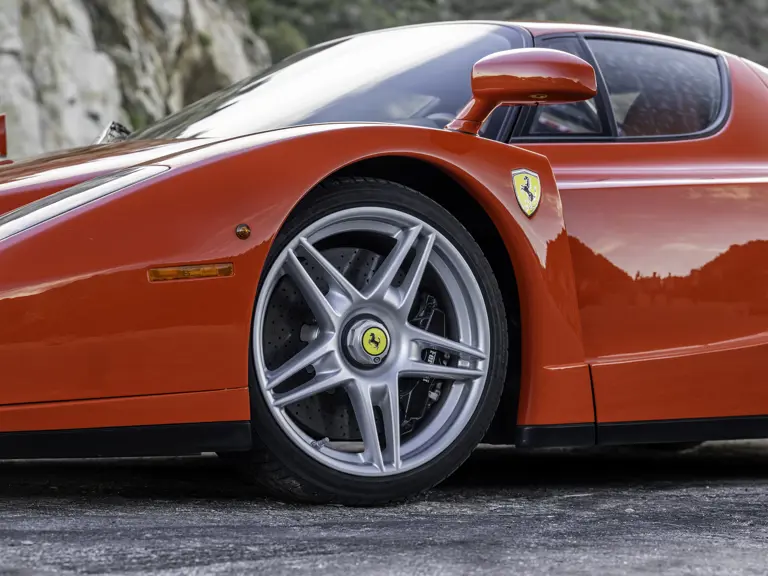

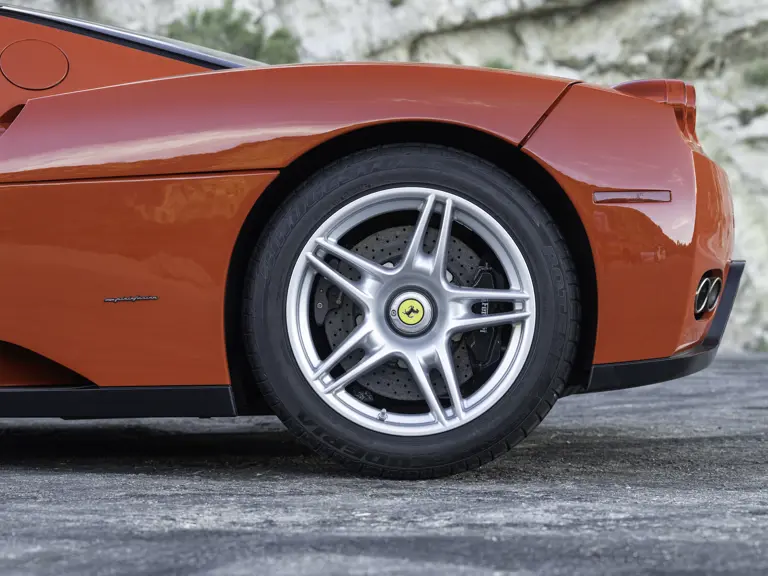
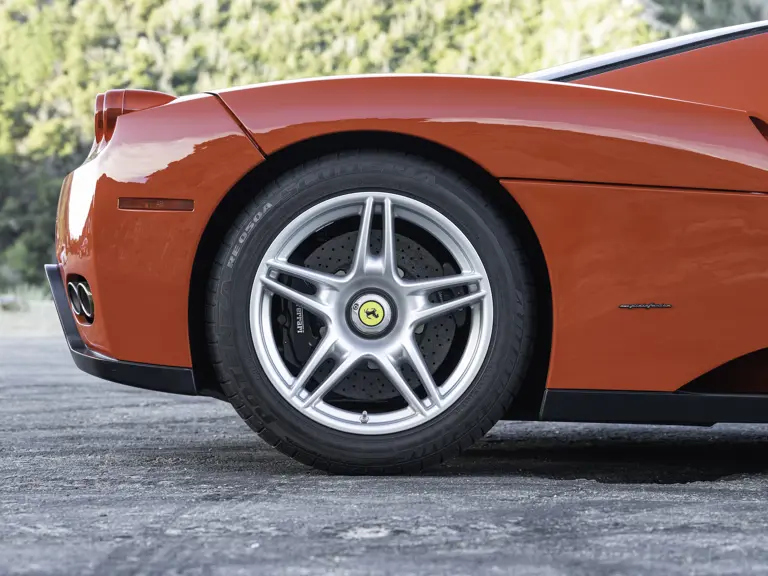
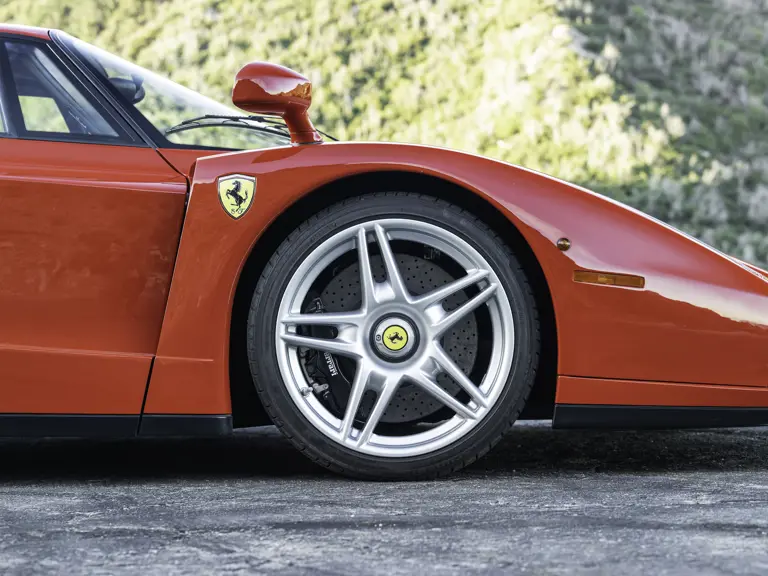

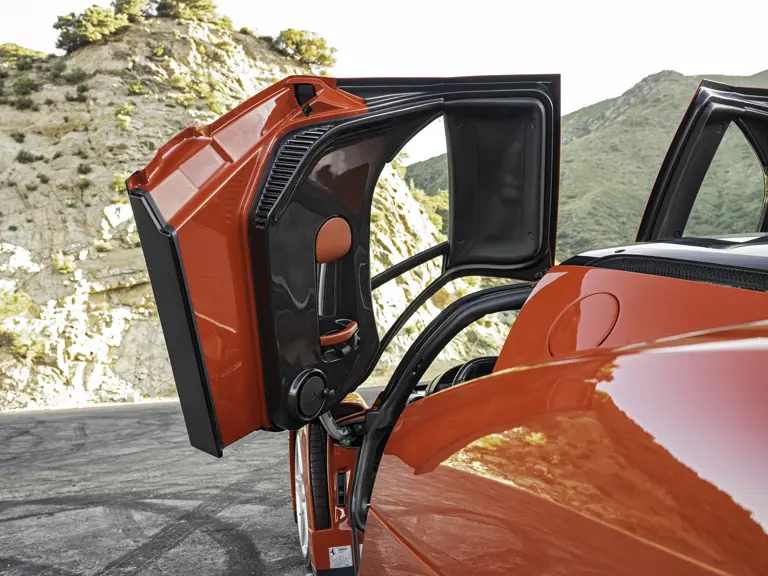
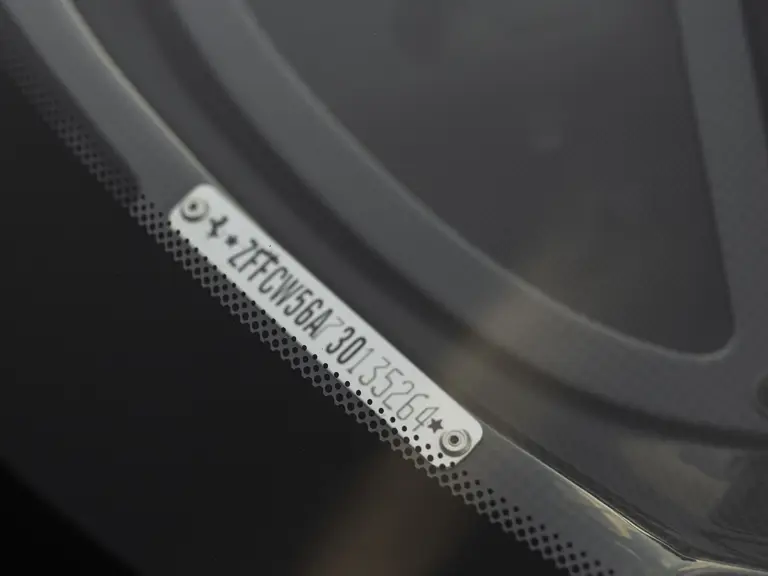
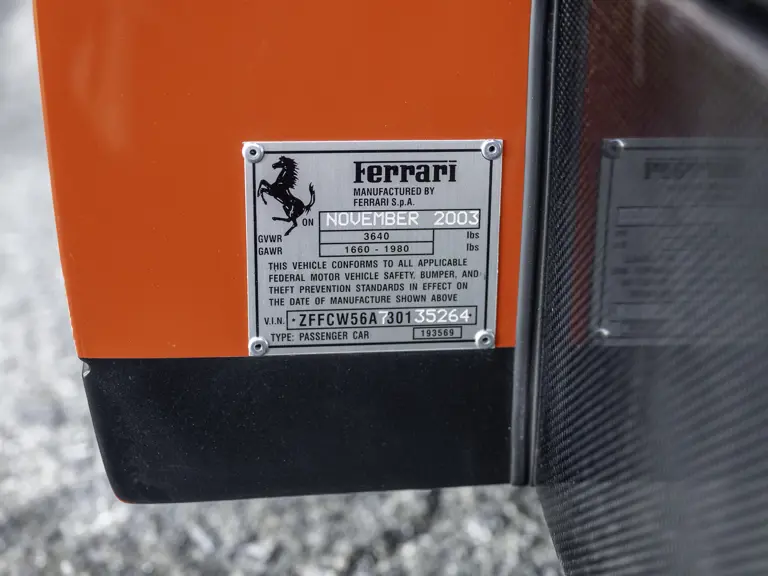

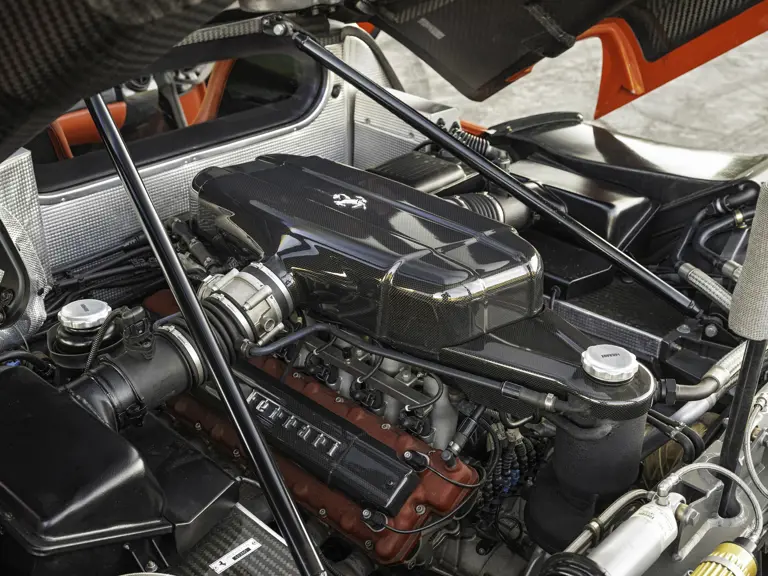
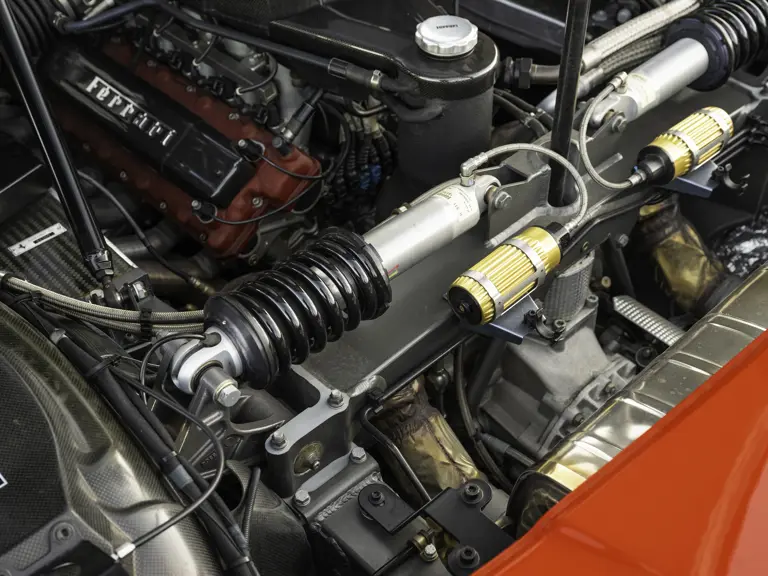
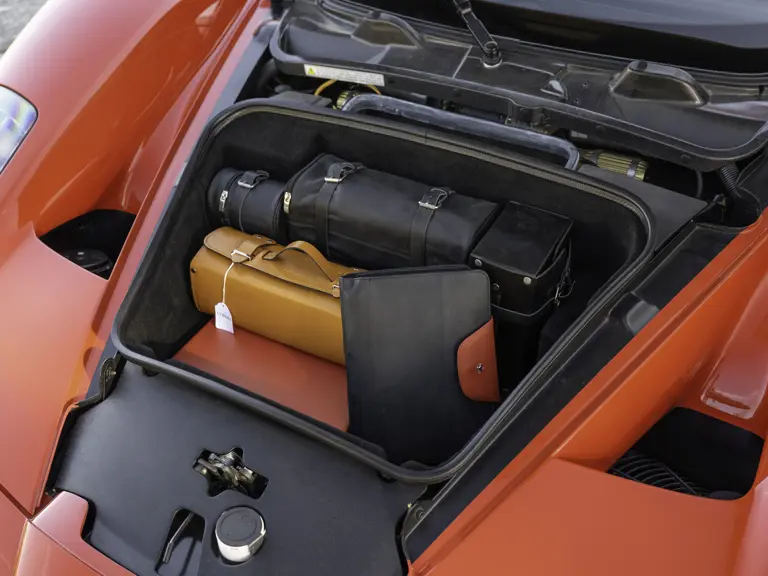


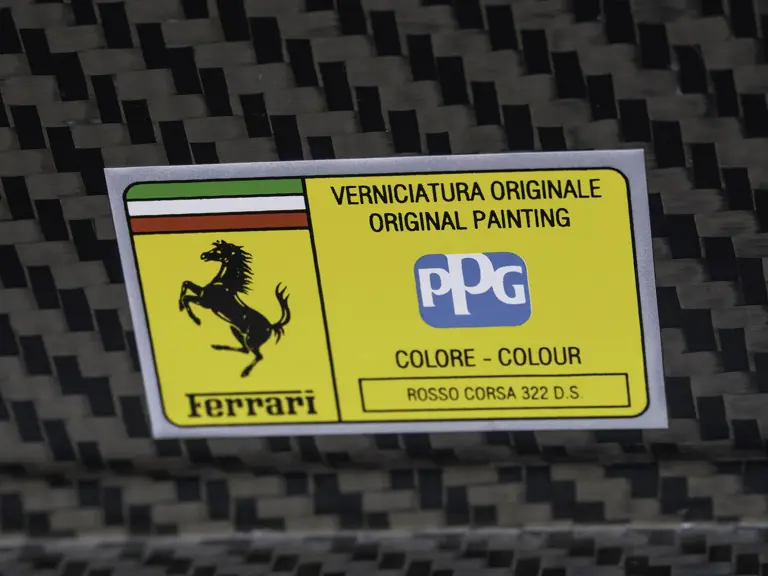
 | Monterey, California
| Monterey, California

